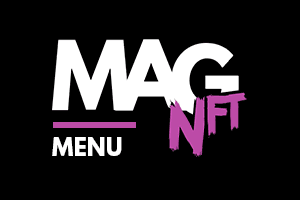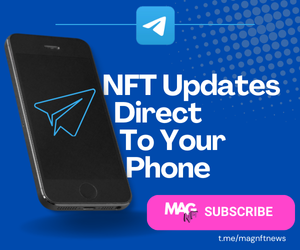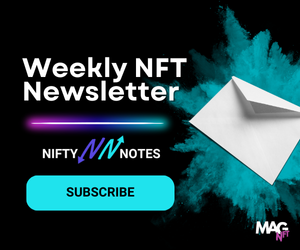Web3 gaming is blooming. According to statistics, by 2025, analysts expect the market to grow by a CAGR of about 61.5%. This comes as funds keep looking for promising Web3 games to invest in. The numbers alone are testimony to a strong adoption trend for Web3 games. But what makes Web3 games unique, and what are some popular platforms to watch in 2025? Keep reading our guide.
Key Takeaways
- Web3 gaming is simply a blend of blockchain technology and the semantic Web.
- Blockchain technology, smart contracts, NFTs, P2E, and DAO governance are among the components making Web3 games.
- Rumble Kong League, Otherside, Nifty Island, InfinitiGods, MapleStory Universe, and others are among the top Web3 games on our list.
What is Web3 Gaming?
Web3 gaming is a new, more modern gaming style involving blockchain technology. Popularly known as blockchain gaming, it embeds blockchain technology in storing in-game assets and developments.
In Web3 gaming, all primary activities associated with the games, including playing and decision-making, are decentralized through blockchain technology. This decentralization affords gamers perks like earning opportunities and an active voice in the game’s development.
The primary attributes of Web3 gaming include decentralization, transparency, security, and general interoperability, which are lacking in traditional gaming.
The conceptualization and birth of Web3 gaming can be traced back to the birth of Ethereum sometime in 2015. Soon after, developments began, with Cryptokitties launching in 2017 as a blockchain game.
CryptoKitties, created in 2017, was the first popular blockchain game. The game saw players collect and breed NFT-based cats, which could be sold on NFT marketplaces. As Ethereum continued expanding, more games merged, turning the blockchain into a home for decentralized gaming.
Core Components of Web3 Gaming
Web3 gaming has a few major components defining its functionality and efficiency. Among the components include:
Blockchain Technology
Web3, or the semantic Web, is a concept that can never be separated from Blockchain technology. Blockchains ensure that gaming services’ decentralization, transparency, and security are maintained at the top.
Consider games like Axie Infinity and Sandbox. These leverage blockchain technologies like Polygon and Ethereum to offer safe ways to store and transfer in-game assets.
What separates blockchain games from traditional games is the transparency, decentralization, and verifiability associated with these Web3 games.
Non-Fungible Tokens (NFTs)
A second major component of Web3 gaming platforms is NFTs, which are assets designed to represent unique digital assets such as characters, skins, weapons, or virtual land. In essence, Web3 games provide the fair value of in-game assets through NFTs.
Non-fungible tokens allow players to trade their assets on secondary marketplaces. What stands out in NFTs is their ability to bring scarcity and rarity, hence bolstering the value of the assets.
Play-to-Earn (P2E) Mechanics
A key attribute of Web3 games is play-to-earn (P2E) mechanics. It is Web3 gaming that lays the strong foundations that back the P2E gaming mechanics.
P2E gaming is a modern mechanic where gamers can extract value from general gaming. In essence, gamers do not play to have fun; rather, they play while earning money or rewards.
In some cases, P2E games reward people with NFTs or general tokens that can be redeemed for fiat in marketplaces. The revolutionary model has transformed gaming from merely a recreational activity to an income-earning scheme.
Governance Through DAOs
A special feature coming with Web3 gaming is DAO governance.
In essence, Web3 games incorporate DAOS, giving players a vote to shape the future of the games. However, to participate in DAO governance, you must hold governance tokens associated with each game.
Some wonder, what can we vote about? The game is associated with various aspects, including game updates, tokenomics, and partnerships. The idea is that by holding governance tokens, players can actively participate in shaping the game’s development.
Finally, Smart Contracts
Blockchain-based algorithmic contracts, otherwise known as smart contracts, automate transactions and interactions within Web3 games. Their presence helps ensure every activity works in a trustless and transparent manner. Smart contracts help govern major in-game activities like distributing rewards, minting NFTs, or executing trades.
Our Top Picks for Web3 Games in 2025
The Web3 space is already filled with hundreds, if not thousands, of Blockchain Web3 gaming networks. Some, like Axie Infinity, Sandbox, Decentraland, and Illuvium, are highly popular and already attract the attention of thousands.
However, there are other less popular but quite interesting blockchain gaming platforms you need to know about. They include:
Rumble Kong League
First on our list is Rumble Kong League.
It is a digital sports entertainment platform merging gameplay with blockchain technology. This game features 10,000 unique Kongs, which are playable characters with unique traits and boosts that affect in-game performance, such as shooting accuracy or agility.
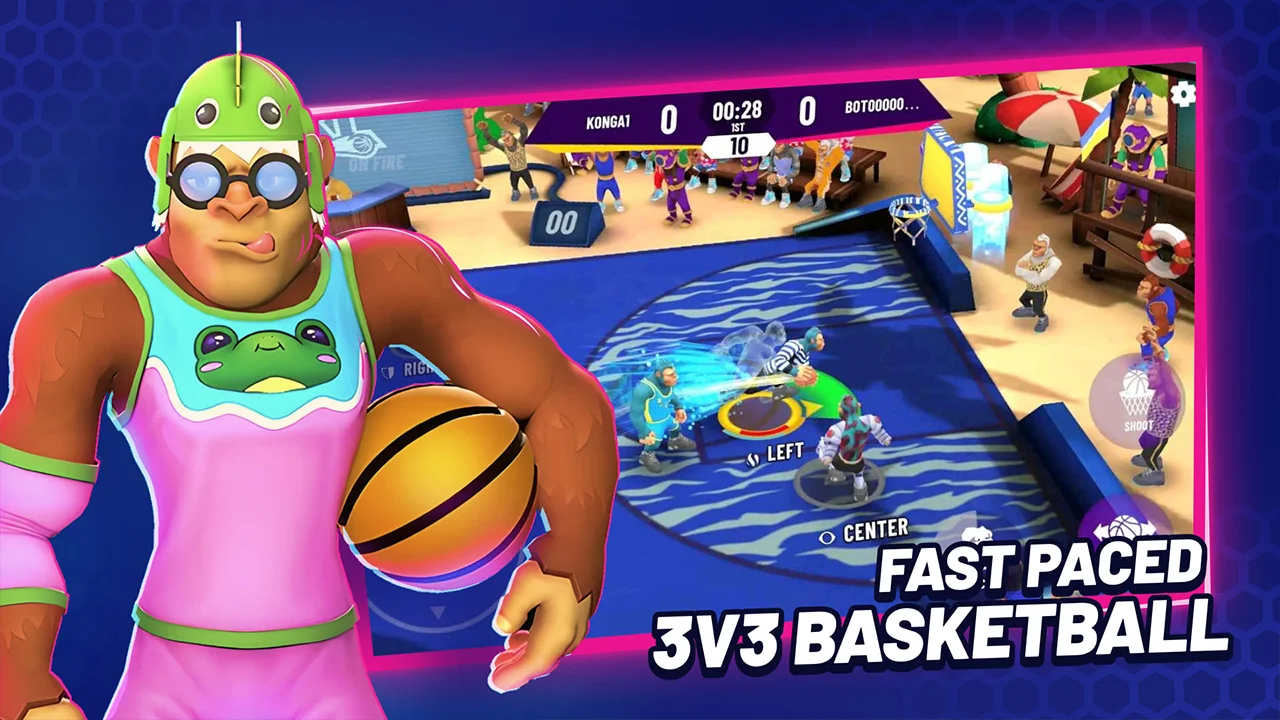
In essence, Rumble Kong League offers various club modes, allowing players to manage teams, host tournaments, and earn rewards. Recent developments in the game include the Gatorade partnership and the introduction of branded collectibles through the “G-Machine.”
Otherside
Second on our list is Otherside, a world-building MMORPG developed by Yuga Labs. This game features one of the globe’s most popular PFP NFTs, BAYC.
In Otherside, players own unique plots via Otherdeed NFTs, each with unique resources, treasures, and even Kodas.
This network comes with some tools, including:
- The Otherside Development Kit (ODK) is used to create interoperable content.
- Agora marketplace for trading items
Furthermore, this metaverse project thrives through strong collaborations, explorations, and a player-driven economy.
Nifty Island
A game merging exploration and crafting, Nifty Island joins our list. This blockchain-based Sandbox allows players to have true ownership of in-game assets using NFTs.
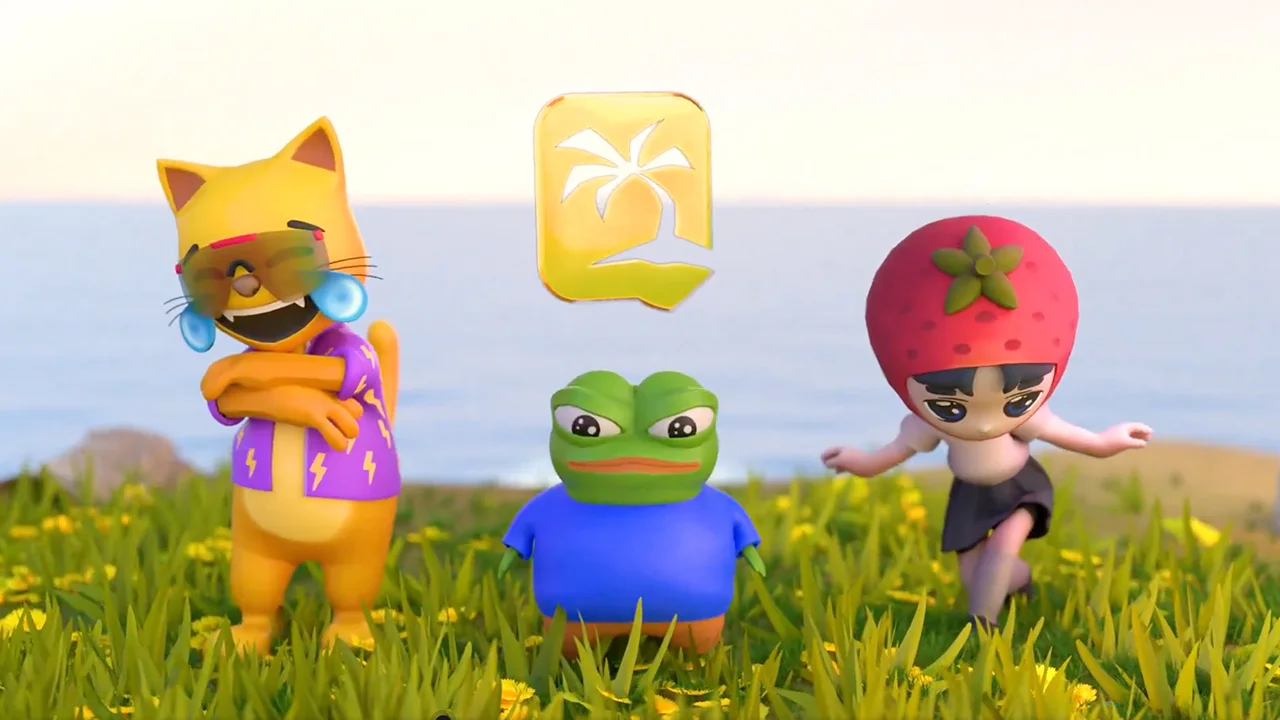
The game merged play-to-airdrop campaigns, events, tournaments, and more to reward creativity and strategic gameplay. In addition, Nifty Island has a new token, $ISLAND, which helps strengthen the use and efficiency of this entire ecosystem.
MetalCore Game
Developed by Studio 369 and powered by Unreal Engine 4, MetalCore is an action-packed FPS featuring mech-based combat on a dystopian alien planet. In this game, players can choose from 8 NFT classes, including engineers, snipers, and pilots, each with unique attributes and roles.
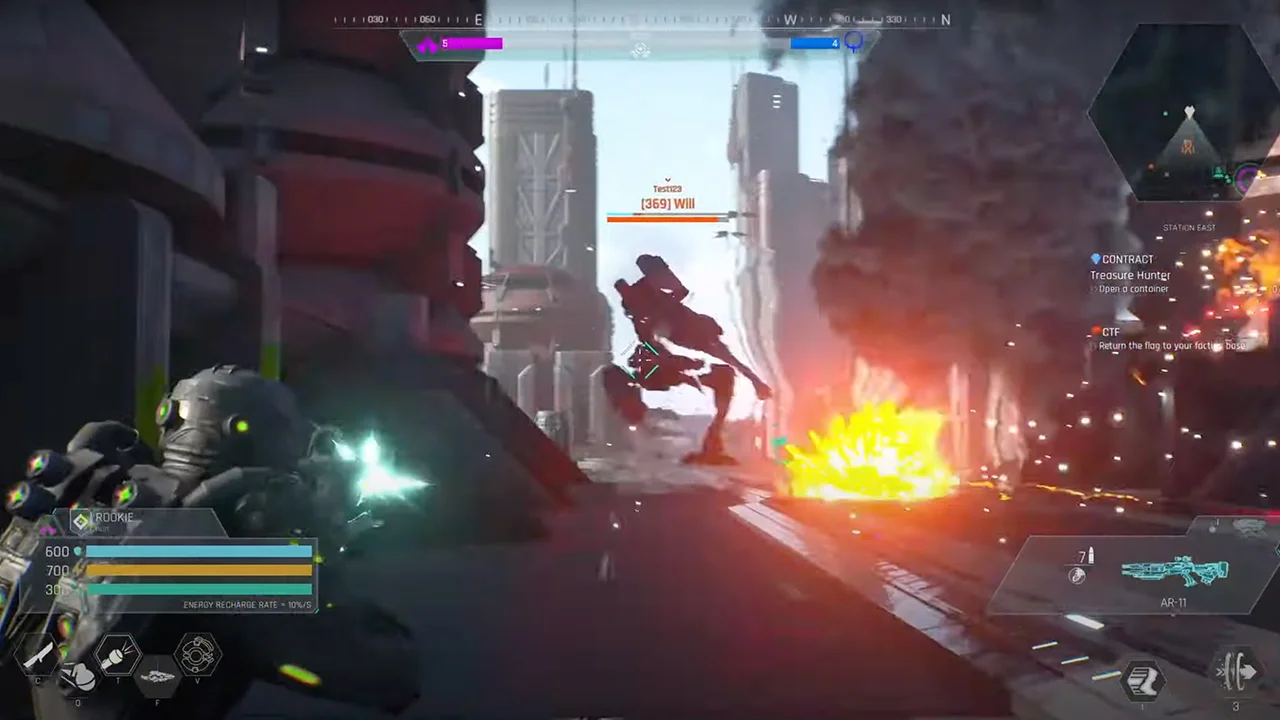
The game modes include Battle Zone and PvPvE battles, which blend PvP, PvE, and RTS elements. It also features NFT-based infantry, vehicles, and resources, creating an immersive ecosystem for strategy and territorial conquest.
Shatterline Web3 Game
Shatterline is a fast-paced multiplayer FPS that merges PVP and PVE elements. It is set in the future, in a world plagued by aliens.
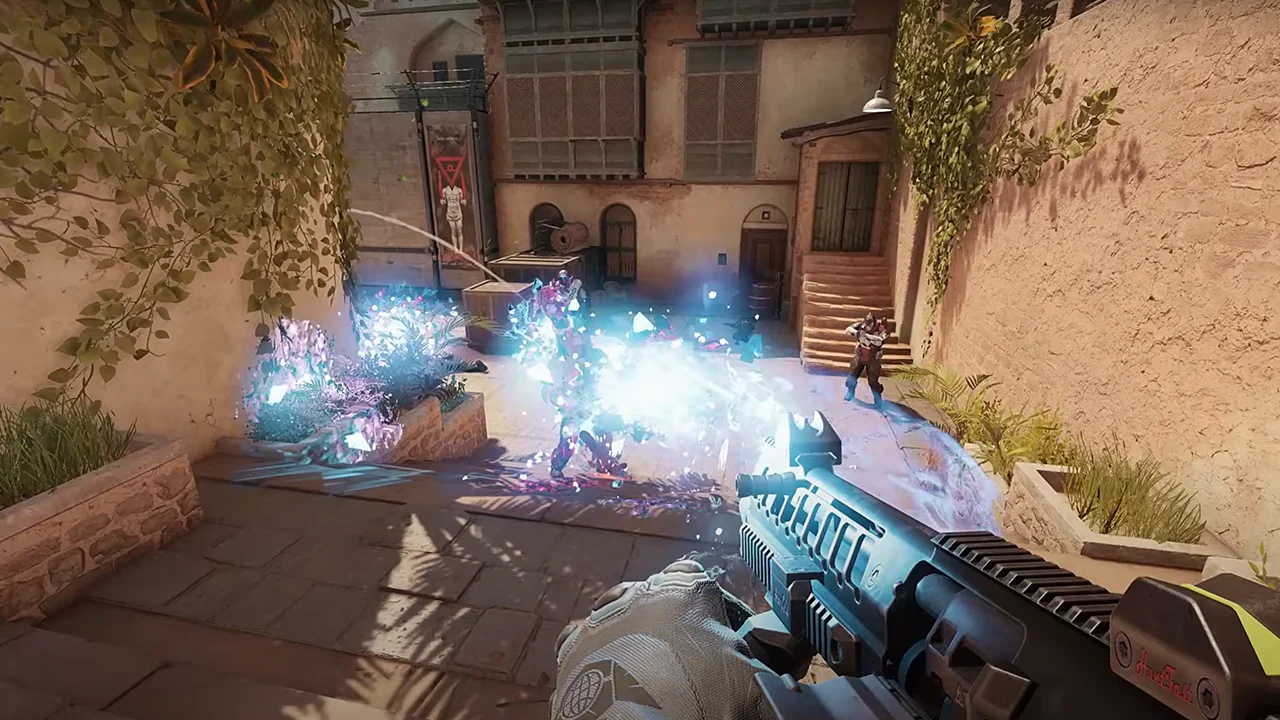
Players take the role of protectors and immune operatives battling Crystalline monsters. This game has procedurally generated missions, including unique characters, and multiple game modes, like Team Deathmatch and Invasion, to provide diversity in the gameplay.
Blockchain integration enhances the experience, providing asset ownership and in-game rewards.
MapleStory Universe
Developed by Nexon in collaboration with Avalanche, MapleStory Universe reimagines the traditional MMORPG with a twist: blockchain technology. The in-game items leverage NFTs, so users enjoy true ownership.
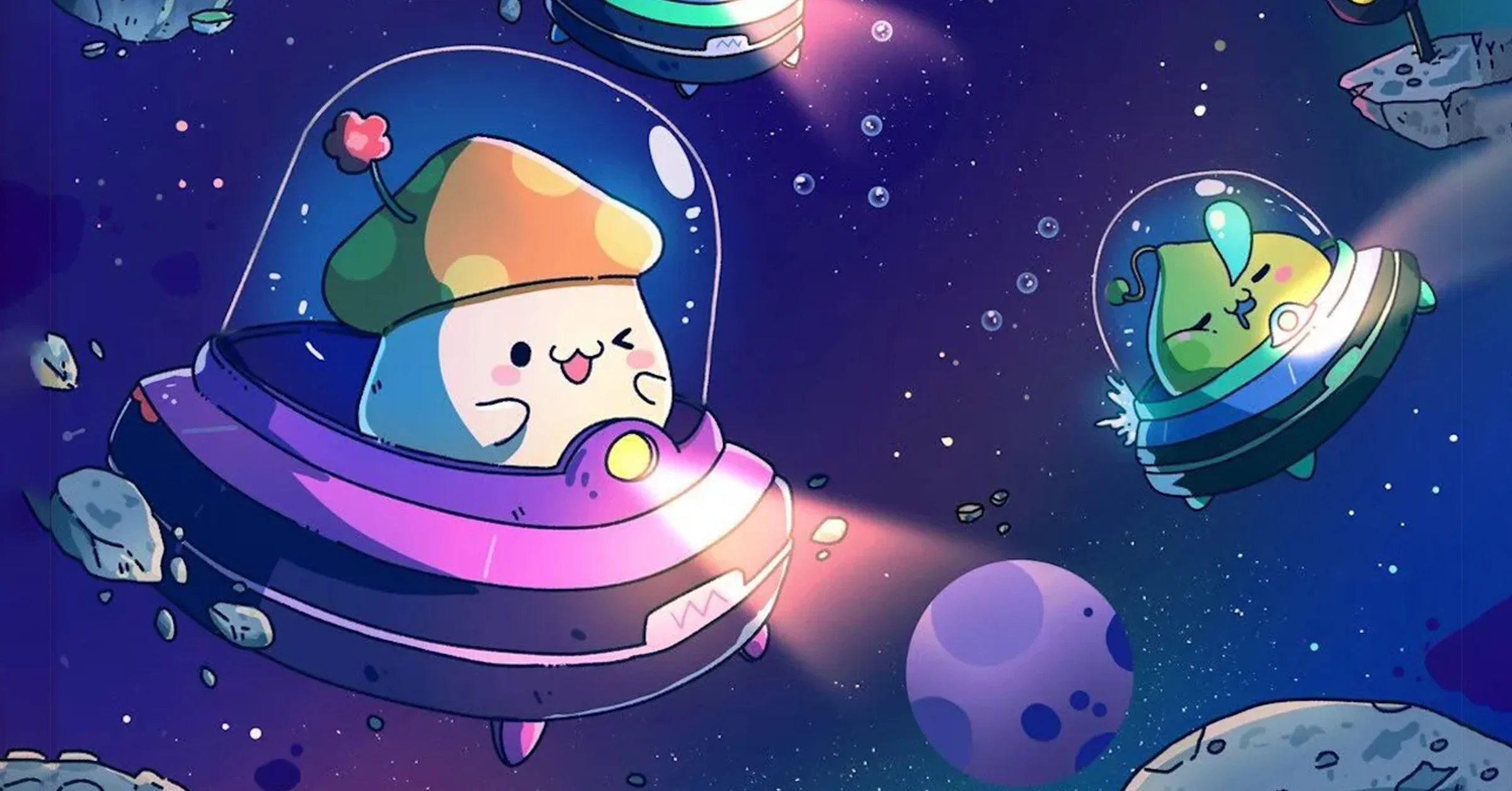
This ecosystem features MapleStory N, an upgraded blockchain version of the original game, and apps like Marketplace and Navigator for a seamless user experience. By integrating 2D gameplay with NFTs, the game builds on its legacy of 250 million global players and $5 billion in revenue.
InfiniGods
Finally, InfinitiGods.
This is a Web3 gaming studio designed to create games inspired by mythology. In the ecosystem, players unlock unique features, cross-game assets, and rewards only using NFTs.
A flagship game in InfinitiGods is InfinitiMerge, which blends mechanics with leaderboard rewards and NFT-based power-ups like Elder Gods. Other titles include InfiniTowers and InfiniRealms, which expand the universe with tower defense and city-building strategies.
In the ecosystem, there are InfiniPass NFTs that come with various perks for gamers, including lifetime access to early content, airdrops, and private developer interactions.
Conclusion
Blockchain gaming is seen as controversial by many:
- Supporters argue that it gives players true ownership of their in-game items, allowing them to get real financial incentives from their playtime.
- Opponents argue that putting financial incentives first shifts the values of both developers and players away from quality video games and towards profit, perhaps opening the door to pay-to-win mechanics and game design.
Web3 gaming is still in its early stages and has yet to surpass traditional gaming. However, we’ve curated our top picks for 2025 that could become the next big hits in the gaming world. Rumble Kong League, Otherside, Nifty Island, MetalCore, or MapleStory Universe could bring entertainment and new opportunities.
Will more Web3 games rise to the challenge and compete with popular traditional gaming titles? Only time will tell.
Frequently Asked Questions
What is Web3 gaming?
Web3 gaming, also called blockchain gaming, refers to video games that include elements such as blockchain-based items or currencies.
Can you make money playing Web3 games?
Yes! Web3 gaming introduced a play-to-earn model where players can generate value by simply playing. When completing tasks, winning battles, and participating in other in-game activities, players acquire rewards as assets that can be redeemed for cash on marketplaces.
What is the best Web3 game?
Of course, there are dozens, perhaps hundreds, of Web3 games today. However, Axie Infinity, Sandbox, Otherside, Nifty Island, and others not mentioned here often bring the best value for investors.
What is Web3 used for?
Web3 is popularly defined as the third iteration of the internet. It helps host decentralized applications while returning data control to the average internet user, not central tech giants.
